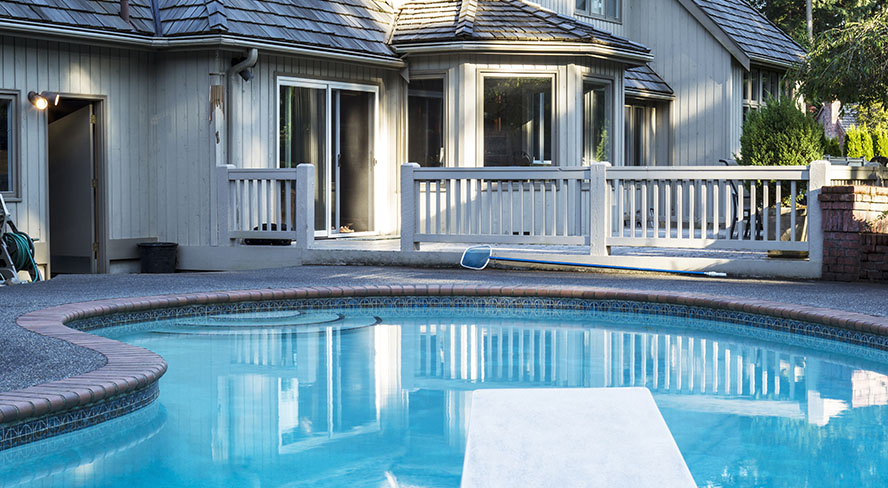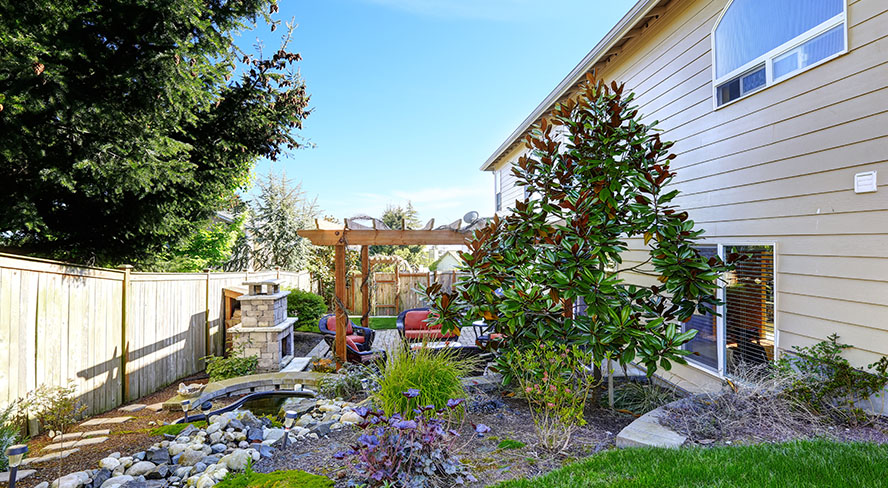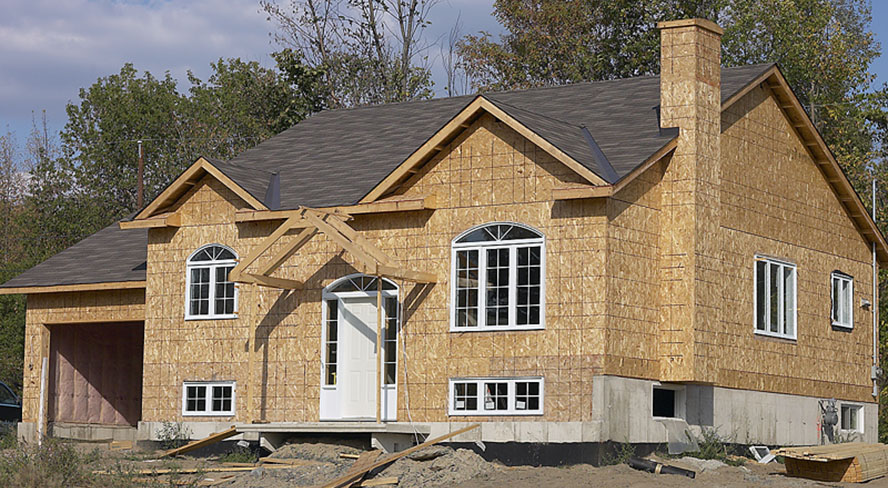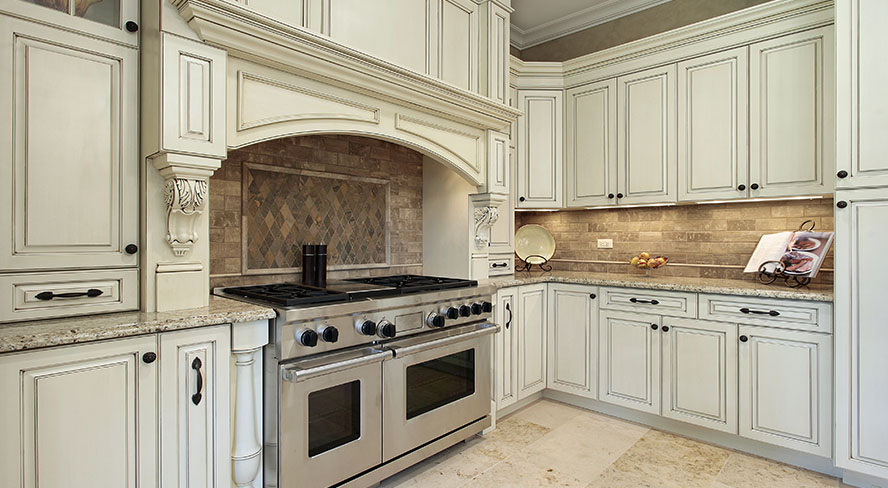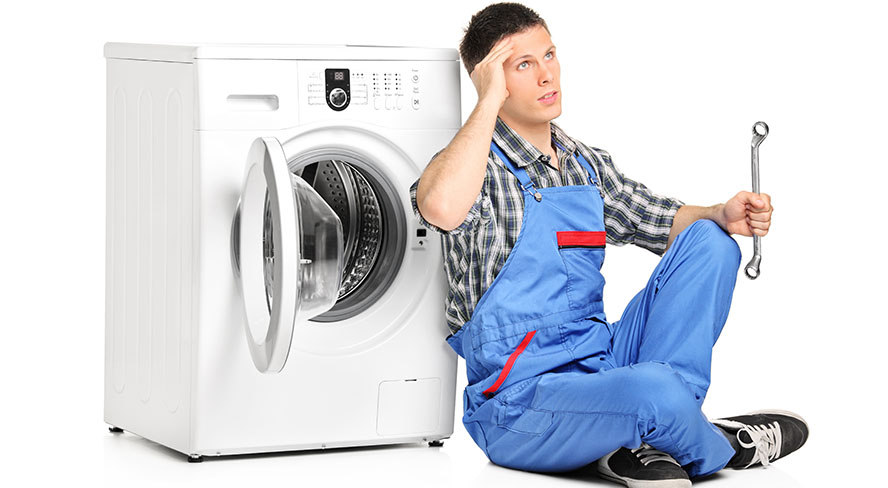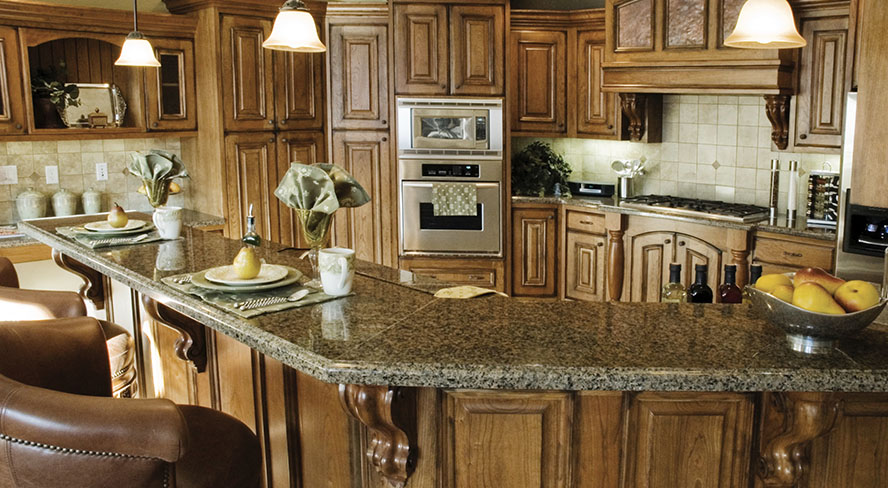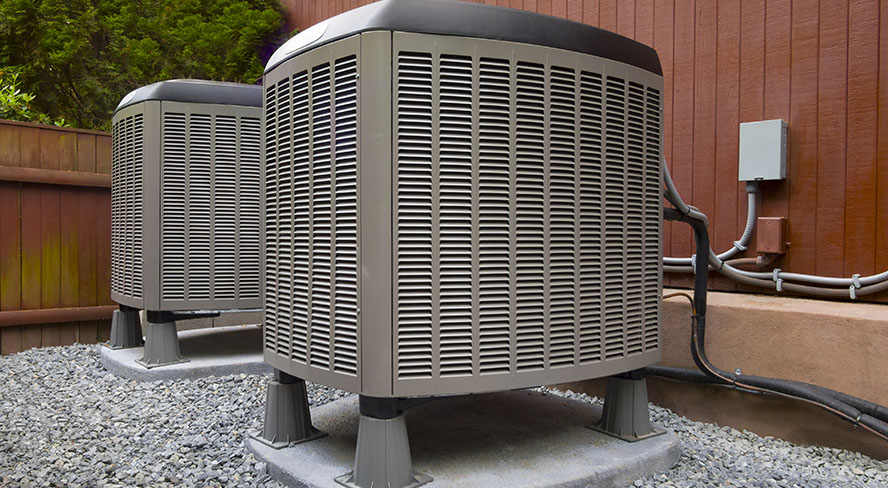It is easy to become overwhelmed while considering building a swimming pool or custom gazebo for the first time. This is because there are several options available to you. This may be highly perplexing for novices or persons who have yet to learn to swim. In this regard, it is generally helpful to get assistance from competent swimming pool builders.
In this post, we will discuss the most prevalent varieties of inground swimming pools.
The various kinds of swimming pools
You can find four distinct types of pools. Furthermore, several categories may be found there. Many people think about a wooden surface. While it is a viable choice, it is neither efficient nor popular.
Finishing concrete
The most prevalent materials for swimming pools are plaster and concrete. Contractors employ steel-reinforced concrete to build a shell in this case. This is mostly due to the porous and long-lasting nature of concrete. As a result, the shell holds water very well and is quite stable. Furthermore, it may be plastered again whenever necessary, resulting in long-lasting results.
Finishing Options
Pool surfaces constructed of plaster can be enhanced with a variety of additional materials. Textures created by humans, stone, and tiles are examples. However, keep in mind that various finishes are regarded a luxury and can be costly. There are a variety of alternate construction materials that are becoming increasingly popular. These include pebble aggregate and sand. In terms of lifespan, aggregate finishes may be expected to endure between 8 and 12 years. After then, they will need to be replaced or serviced again.
Fiberglass
Fiberglass swimming pools are one-piece shells that are delivered to the residence by truck. These are then placed in a trench that has been dug by a crane. When compared to concrete, fiberglass pools are more readily available. As a result, there is less room for customization.
However, fiberglass producers provide a wide range of models. As a result, you have a wide range of sizes to pick from. The pool’s spas, stairs, and seats are always used.
Fiberglass pools are quite popular since they are easy to build and install. They have a very smooth and silky internal surface. Consequently, algae do not accumulate. It is crucial to remember, however, that fiberglass is expensive and begins to disintegrate after around 10 – 15 years of sun exposure. After then, the new coating may not adhere properly to the pool, and it is not always possible to change due to the price.
Pools made of vinyl
Vinyl-lined pools are often constructed on the ground as metal frames and then put in an excavated plastic and aluminum are used to make the panels or prefabricated supporting walls. These are attached to a frame, which gets covered in thick vinyl to make a shell.
How long does a vinyl pool last?
Vinyl, like other materials, deteriorates when exposed to pool chemicals and sunshine. If the liners are treated with UV or fungal inhibitors, the pool’s life can be extended by 10 to 18 years. So, do not worry about it at all. Your swimming pool is likely to be in top shape if you take good care of it.
Conclusion
Do not forget that the maintenance of swimming pools is extremely important for long-term use. Otherwise, your swimming pool may start showing severe signs of damage after a few years. It is also necessary to maintain the swimming pool for your health and safety.
You must always keep the water clean and do not let the water sit in for more than 24-36 hours. To understand more about swimming pools, contact custom pergolas long island right away LaGrass.

